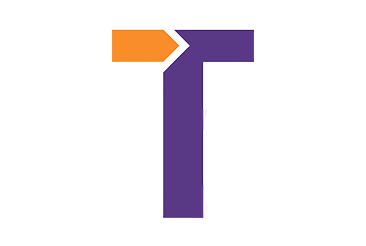The government has produced seven guidance documents affecting different industries and how to get back to work. These are yet to be published but what we know so faris;
Key points:
- Those who can work from home must continue to do so.
- Before they can re-open any employer with more than five employees must produce a written risk assessment.
- If you have any employee who is shielding they must following medical guidance stay at home.
- If you have vulnerable employees, you should allow them to continue to work from home if possible or if they are to return to work take extra care around social distancing.
At the time of writing the guidance documents have not been officially published, so we shall await further developments, but for now we are aware that the following guidance documents will affect the travel industry. Namely;
- hotel and restaurant staff
- shop workers and
- office workers.
General rules for all workplaces:
Set out below are some general rules that are the blueprint and expected to apply to all workplaces:
- Staggering arrival / departure times to reduce crowding in and out
- Reducing congestion, for example by having more entry points to the workplace and one for entering the building and one for exiting (if possible)
- Alternatives to touch-based security devices such as keypads
- Staff to change into work uniforms on site using appropriate facilities/changing areas
- Discouraging non-essential trips within buildings and sites
- Reducing job and location rotation, for example, assigning employees to specific floors
- Introducing more one-way flow routes through buildings
- Reducing maximum occupancy for lifts, providing hand sanitiser for the operation of lifts and encouraging use of stairs
- Hand washing or hand sanitation at entry and exit points
- Reviewing layouts to allow staff to work further apart from each other
- Using floor tape or paint to mark areas to help staff maintain 2 meter distancing
- Avoiding employees working face-to-face and working side-by-side or facing away from each other where possible
- Using screens to create a physical barrier between people (where appropriate)
- Staggering break times to reduce pressure on the break rooms and using outside areas for breaks
- Regulating use of corridors, lifts and staircases
- Providing additional parking or bike-racks
- Using protective screening for staff in receptions or similar areas
- To maintain spacing and reduce face-to-face interactions, reconfiguring seating and tables
- To avoid opening staff canteens, providing packaged meals or similar
- Storage for staff clothes and bags and washing uniforms on site rather than at home
We will keep you updated as you start to devise plans for getting your staff back to work. If you have any questions, please contact Ami Naru.
This article was originally published on: 5 May 2020




